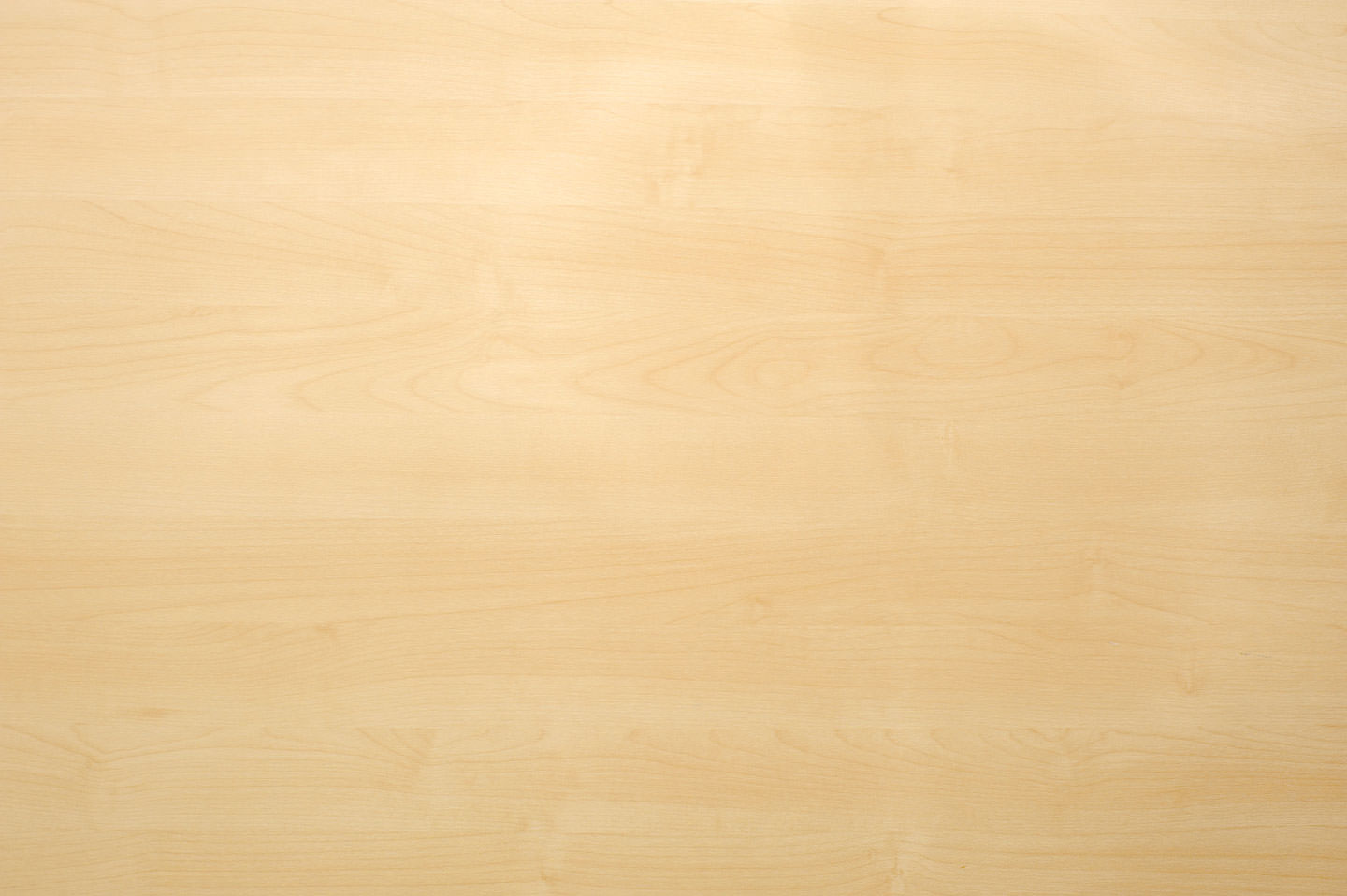

34
35
on campus
st. lawrence university magazine | winter 2015
laurentian portrait
rience it and come at it from
different ways.”
As much as Reid has
been on his own personal
expedition creating his
works, he also hopes to
inspire others to let the art
move them emotionally.
“I’m striving for a sense of
feels to me like parenthood.
That’s why I do this; that’s the
feeling I’ve been looking for.”
Reid was the recipient of
a Daniel F. ’65 and Ann H.
Sullivan Endowment for
Student/Faculty Research
University Fellowship, and
he worked last summer
alongside Kasarian Dane,
associate professor and chair
of the Department of Art
and Art History, on his
project, titled “Mathemati-
cal Underpinnings.”
Reid’s art isn’t immediately
recognizable, especially to the
non-art expert (such as this
writer). His work involves
what he calls “geometric
abstraction,” and it can at the
outset look like simple shapes
repeatedly painted in different
colors on multiple canvasses.
Yet, as Reid expresses his
thoughts on color theory, as
he explains his process and as
he stands with you looking
fondly at his work, it becomes
apparent that this artist is on
a very deep and very personal
artistic journey.
“Geometric abstraction has
to be extremely simplistic,”
he says. “Yet, it has the power
and emotion that comes from
the fact that anyone can expe-
here’s something
immediately
noticeable to the
listener when
Reid Brechner ’15 starts talk-
ing about his artwork. At first
it might be hard to define,
but then it becomes readily
apparent: This young man
simply sounds way too old
for his age.
Reid speaks about his art
as if he were finalizing the
last chapters of his doctoral
dissertation. He talks about
how he spent last summer as
a University Fellow work-
ing up to 12 hours or more
in the Griffiths Arts Center,
ignoring the siren songs of
summer beckoning at the stu-
dio windows. And, he speaks
about his art with paternal-
istic pride, which makes the
listener proud for him and
the work that he’s done.
“Sometimes I have to work
out what’s at the top of
my mind,” says Reid, who
hails from Belgrade, Maine.
“Something starts bothering
me, and I can’t do anything
else until I work it out of my
head. Then, it’s weird when
I finish because I can look
back at it and know when it’s
done. I’m not a parent, but it
By Ryan Deuel
T
perpetual motion, and the
planes of color give these an
underlying sense of motion.
That makes it no longer
finite,” he says. “I want to
force people to look inside
themselves and not feel like
they have to feel a certain
way about it.”
n
“Geometric
abstraction has
the power and emotion
that
comes from the fact that anyone
can experience it and come at it
from different ways.”
Reid Brechner ’15
Reid Brechner ’15,
at the Intersection of
Math and Art
By josephine breen del deo '47
ar from attempting to turn back the
clock by writing this short com-
mentary about the digital
age of communication,
I suggest the oppo-
site: thanks to com-
puterization, the clock has
already been turned back
to a kind of hieroglyphics
which does not appear to
be enriching our lives by
advancing our percep-
tion, but instead has re-
duced us to a bare mini-
mum level of meaningful
communication.
The paroxysmofminutiae
that accompanies this process
has eliminated the imaginative
dimension of words to such an
extent that the world is contracted,
not expanded. Information alone is
not knowledge, a condition which can
only be acquired by the daily exchange of
ideas through language within an established value
system. Without this paradigm, education fails the
human equation and, thereby, its mission.
Today, we are so wholeheartedly engrossed in the
electronic technology governing every aspect of our
lives and civilization that we have permitted the
placement of computer screens throughout the public
elementary school system and even, in some cases, in
the pre-school classroom. At the same time, we have
reduced or removed the teaching staff that is meant
to guide and interpret the information that each child
receives. Further, we have exposed the adolescent
population to violent and increasingly ubiquitous
images in “virtual reality” on the digital screen. These
often present disturbing situations to impressionable
minds and occasionally trigger tragic behavioral
aberrations, as we have seen all too often.
Moreover, we have created an almost
complete addiction to cell phones
and their clones. It is not absurd,
therefore, to suggest that we
should monitor our appetite
for gadgetry.
The computer has offered
us astonishing advantages
in many regards, but the
advantages of “doing busi-
ness” with greater speed
and efficiency have not
been matched by a cir-
cumspect attempt to elimi-
nate the most dangerous
invasion of privacy on almost
every level that mankind has
ever known. Why have we, as a
society, so quickly abandoned our
cultural past based on the spoken
and written word, which has historically
promoted serious and extended thought and
philosophical perception? In this regard, it might be
beneficial, not only for the contemporary student
at St. Lawrence but also for all of us, to read Her-
man Melville’s story “The Bell Tower,” wherein may
be discovered how a great writer examines human-
kind’s perennial subjugation to improperly assimi-
lated and poorly controlled invention.
n
Abandoning the Spoken Word
We welcome your submissions for “First-Person.” They should be no more than 500 words and should connect with an
aspect of your lifelong experience with St. Lawrence University. For consideration, please email
nburdick@stlawu.edu.
F
Information is
not knowledge,
which can only
be aquired
by the daily
exchange of
ideas through
language.
,,
,,
Josephine Del Deo is a poet, fiction
writer, essayist, art historian and
1947 honors graduate of St. Lawrence.
Her memoir,
The Watch at Peaked Hill
, is
soon to be released by Schiffer Publishing, Ltd.
She lives in Provincetown, Mass.



















